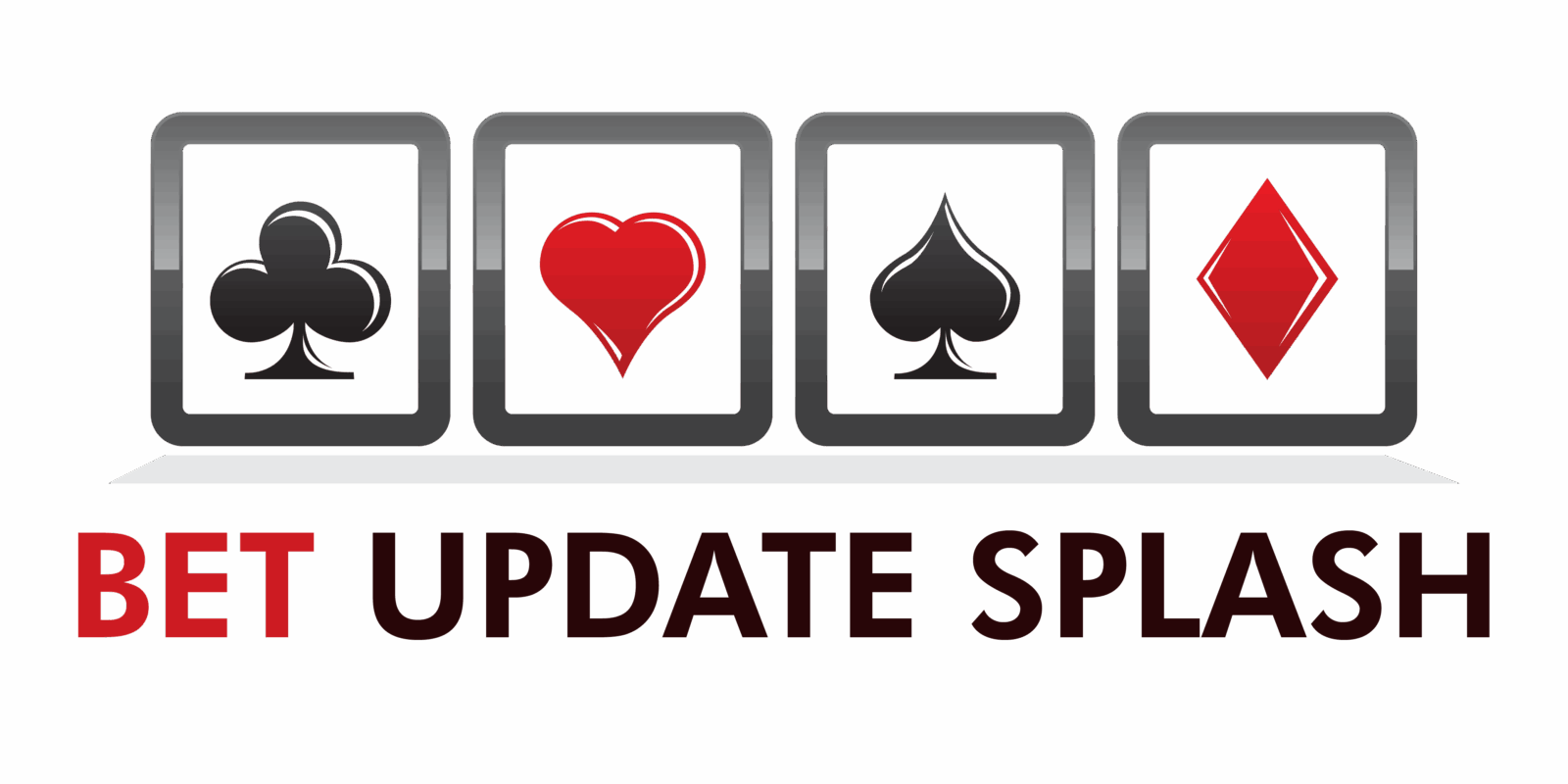Why Bankroll Management Matters
Betting without a plan isn’t strategy—it’s just rolling dice and hoping they come up your way. That thrill might be fun in the moment, but it’s a fast track to zero. Managing your bankroll gives shape to the madness. It turns erratic bets into a system. More importantly, it builds habits: discipline, consistency, and the kind of clarity you need when a streak ends—or worse, never starts.
Think of your bankroll as a firewall between your bets and your real life. It tells you how much you’re willing to risk, and when to walk away. Without it, it’s easy to chase losses, double down for revenge, or slap $200 on a gut feeling because your team “can’t possibly lose again.” They can. They might. And without structure, you’ll bleed money learning that lesson.
Most casual bettors trip up in the same spots. They gamble with money they can’t afford to lose. They bet too big when they’re overconfident, or spiral after a few Ls in a row. They chase heat instead of sticking to a game plan. That’s fine if entertainment’s the only goal—but if you’re in it for the long game, that approach has a ceiling, and it’s low.
A solid bankroll system, on the other hand, is plain and sometimes boring—but it’s built for survival. It keeps your losses manageable and your wins meaningful. And over time, it lets smart decisions compound.
Smart betting starts with structure. That’s where the real edge is.
Step 1: Set Your Dedicated Bankroll
Think of your bankroll as your business capital. It’s money set aside strictly for betting—no exceptions. It’s not your rent. It’s not your grocery fund. And it’s definitely not your emergency savings. Treat it like an investment tool, not a piggy bank.
The first rule: keep your betting money separate from your personal finances. Different account, different mindset. This separation builds discipline and stops you from chasing losses with money you can’t afford to lose. When betting stays in its financial lane, mistakes don’t ripple into the rest of your life.
So, how much should your bankroll be? That depends on you. Look at your finances, figure out what you can truly afford to lose without stress, and start there. Risk tolerance matters. Some people are comfortable with a few thousand in play. Others need to start at a few hundred. Either way, it needs to be an amount that lets you weather losing streaks without panic—and without blowing up your entire strategy.
Step 2: Define Your Unit Size
Professional bettors don’t talk in dollars—they talk in units. A unit is a fixed percentage of your overall bankroll, usually between 1% and 5%. It helps separate the emotional weight of money from the logic of risk. When $50 feels different to everyone, saying “I’m putting 2 units on this” keeps things clean and scalable.
Why do pros use units? Perspective and control. When you’re tracking wins and losses by units instead of raw cash, it’s easier to stay objective. And if your bankroll grows or shrinks, your bet sizes naturally adjust along with it.
The standard recommendation is simple: bet 1-2% of your bankroll per play for conservative strategies, and up to 5% if you’re more aggressive or particularly confident. Going above 5%? That’s not bold—that’s a gamble.
Confidence does matter. For everyday bets, 1 unit is enough. For bets you’ve researched, spotted strong value in, or are particularly informed about, scaling to 2–3 units can make sense. Just be consistent in your reasoning. Fluctuating bet sizes without logic is how people torch their funds.
So whether you’re betting $10 a unit or $1,000, the math stays grounded—and your discipline does, too.
Step 3: Stick to a Staking Strategy
Your staking model is the engine behind how you grow—or lose—your bankroll. Get it wrong, and even the best picks can’t save you. Get it right, and you give yourself room to play smarter, longer.
There are two main approaches: fixed staking and variable staking. Fixed means you bet the same amount (usually 1 unit) no matter what. It’s simple, predictable, and keeps emotions out of the equation. This is where most disciplined bettors start—and stay. It’s not flashy, but it works.
Variable staking adjusts the size of your bet depending on the situation. This can be based on confidence level, odds, past performance, or even formulas. The most talked-about strategies here are:
- Flat betting (fixed): Easiest to manage. Ideal for consistency and bankroll protection.
- Percentage-based: You bet a set percentage of your current bankroll each time. Your stake grows with wins and shrinks with losses—flexible, but volatile.
- Kelly Criterion: A mathematically optimized system based on edge and odds. In theory, it maximizes returns while minimizing risk. In reality, it’s hard to calculate accurately and can lead to overbetting if your edge is misjudged.
And here’s a hard truth: chasing losses—upping your bets in desperation to get even—is how bankrolls die. It’s emotional betting masked as strategy. If a few losses push you to double down, you’re not managing your bankroll—you’re gambling. Have a plan, and stick to it. Discipline pays off longer than any heater ever will.
Step 4: Track Everything
One of the most overlooked aspects of bankroll management is proper tracking. If you’re not recording your bets, you’re essentially guessing at your performance—and guessing is not a strategy.
What You Should Be Tracking
Keeping detailed records allows you to analyze your betting behavior, refine your strategy, and eliminate costly mistakes. At a minimum, track the following:
- Wins and losses: See how you’re performing over time
- Bet types: Are you more successful with spreads, moneylines, or totals?
- Odds: Helps determine which ranges you perform best in
- Units risked and won: Essential for measuring success in a standardized way
Why It Matters
Tracking is more than just bookkeeping—it provides real insights into what’s working and what’s not. It lets you:
- Spot patterns in your results
- Identify strengths and weaknesses
- Adjust your staking or bet types accordingly
Tracking Tools to Make It Easy
You don’t need complicated software to stay organized. These options can work just fine:
- Spreadsheets: Tools like Google Sheets or Excel offer full control with customizable templates
- Free tracking apps: Some sports betting apps and websites offer built-in trackers
- Templates: Download free bankroll tracking templates online to save time
Consistency is key—whether you’re using an app or a spreadsheet, the goal is to log every bet. Over time, this simple habit can be what turns a break-even bettor into a profitable one.
Step 5: Discipline Over Emotion
This is where most bettors fall apart—not in strategy, but in execution. Knowing when to stop, whether you’re riding a win streak or stuck in a slump, is what separates disciplined bettors from the ones chasing ghosts.
When you’re up, it’s easy to feel invincible. That’s usually when people push too hard, betting bigger without reason. And when you’re down, the urge to “win it all back” kicks in hard. This is called tilt, and it’s where bankrolls go to die.
Avoiding tilt isn’t just about willpower—it’s about systems. Set limits before you start. Win or lose, cap how much you’re risking or profiting in a day. Once you hit that threshold, walk away. No impulsive bets, no heat checks.
Create a routine that treats betting like a job, not a thrill ride. Schedule review sessions, not just betting sessions. Sleep on big losses instead of trying to fix them in real time. Strip out the noise, follow the numbers, and trust your process. Over time, the edge comes to those who keep their heads when money’s on the line.
Bonus: Bankroll Growth & Scaling Up
Getting good at managing your bankroll is one thing. Growing it is another. As your track record improves and you build a cushion of profits, it’s natural to consider raising your unit size. But timing matters. Jump too soon, and one bad week can knock you back. Wait too long, and you’re leaving potential gains on the table.
A solid rule of thumb: consider increasing your unit size only after your bankroll has grown by 25–50% through consistent, disciplined betting. When that happens, recalibrate your unit to reflect 1–3% of your new bankroll size. Always round down if you’re unsure. Safety first.
Compounding your winnings can speed up bankroll growth, but it also amplifies losses. Some bettors prefer to cap unit increases even after a big run—especially if they’re in a cold stretch or playing high-variance markets. Protecting your lead is just as important as pushing forward.
As you gain experience, your strategy should stay flexible. Know what type of bettor you are. If you’re sharper in certain leagues or markets, slowly shift more volume there. If you’re tired or stretched thin, scale back. Growth isn’t just about placing bigger bets—it’s about placing smarter ones.
Related Read: Smart Tips for Making Informed Betting Decisions
Looking to sharpen your betting strategy beyond bankroll management? Make sure to check out this in-depth guide that dives into the psychology and process behind smarter wagers:
What You’ll Learn:
- How to assess value and avoid chasing bad lines
- The importance of researching matchups, trends, and context
- Understanding risk vs. reward across different bet types
- Common cognitive traps (and how smart bettors avoid them)
This article complements your bankroll management approach by helping you make wiser, data-driven decisions every time you place a bet. Think of it as the mindset muscle to go with your money discipline.
Final Take
Managing your bankroll doesn’t make headlines. It’s not flashy, and there’s no instant gratification. But it’s the quiet backbone of every long-term winner.
The real edge in betting isn’t about wild predictions or chasing massive parlays—it’s about control. Control over how much you risk. Control over how often you bet. And control over your emotions when things swing up or down.
Winning in the long haul comes down to discipline. You work the edges, you respect the variance, and you stick to your strategy even when it’s boring. Because this game rewards patience more than hot streaks. Let the numbers work over time. That’s where the gap grows between the pros and the hopefuls.


 Jalric Selmorne, co-founder of BetUpdateSplash is known for his innovative approach to sports analytics and web technologies. His contributions focus on building seamless digital experiences and integrating advanced tools that make betting updates smarter and more accessible. Jalric’s forward-thinking mindset helps position the platform as a trusted tech-powered hub for bettors.
Jalric Selmorne, co-founder of BetUpdateSplash is known for his innovative approach to sports analytics and web technologies. His contributions focus on building seamless digital experiences and integrating advanced tools that make betting updates smarter and more accessible. Jalric’s forward-thinking mindset helps position the platform as a trusted tech-powered hub for bettors.

